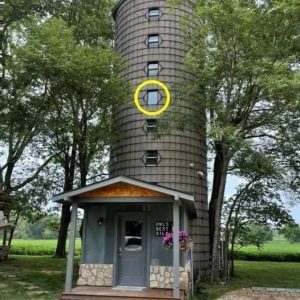For days, the world waited as the doors of the Sistine Chapel remained sealed and the cardinals prayed, debated, and searched for clarity. Then, on Thursday evening, the silence broke. A thin plume of white smoke drifted above the Vatican — the timeless signal that a decision had been reached. Bells rang out, and the crowd in St. Peter’s Square erupted with relief and anticipation, knowing they were about to witness history take its next breath.
The man chosen to guide more than a billion Catholics was 69-year-old Cardinal Robert Francis Prevost, who took the name Pope Leo XIV, reviving a papal title not heard for over a century. His election carried a balance the Church has long sought: a respect for tradition alongside an awareness of the challenges of a rapidly changing world.
When Pope Leo XIV stepped onto the balcony, his first words were gentle, steady, and full of hope. He spoke of service, healing, and faith — themes that resonated deeply in a world longing for unity. There was a calmness in his presence, the kind that comes from years of contemplation and quiet labor far from the spotlight.
His choice of the name “Leo” held deep symbolism. It linked him to a lineage of reformers and scholars, popes who guided the Church through times of transformation. It suggested a shepherd who honors the past but is unafraid of the renewal the future demands — a bridge between memory and possibility.
Across the globe, reactions were immediate. Churches held spontaneous prayer gatherings. Social media filled with gratitude and joy. World leaders sent messages of congratulations. For many, his election felt like a moment of fresh light entering a weary world.





